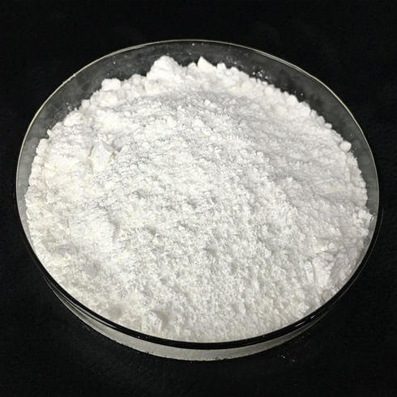
SODIUM PROPYL PARABEN
Propylparaben sodium (Propyl parahydroxybenzoate) is an antimicrobial preservative which can be produced naturally by plants and bacteria. Propylparaben sodium is prevalently used in cosmetics, pharmaceuticals, and foods.
Propylparaben sodium disrupts antral follicle growth and steroidogenic function by altering the cell-cycle, apoptosis, and steroidogenesis pathways. Propylparaben sodium also decreases sperm number and motile activity in rats.
SPECIFICATION
| Chemical Name | Sodium Propyl 4-Hydroxybenzoate |
| Molecular Formula | C10H11NaO3 |
| Molecular Weight | 202.2 |
| Structural Formula | |
| Packing | 5 Kg, 20 Kg(4 X 5 Kg) |
| The Shelf-Life | 5 Years |
| Storage Conditions And Precautions | Store In Dry Place Protected From Light. |
FEATUERS
| NO | TEST | OBSERVATION |
|---|---|---|
| 1 | Characters | A White, Crystalline Powder, Freely Soluble In Water, Sparingly Soluble In Alcohol, Practically Insoluble In Methylene Chloride. |
| 2 | Identification | First Identification A, B, E Second Identification A, C, D, E A.Dissolve 0.5 G In 50 Ml Of Water R. Immediately Adds 5ml Of Hydrochloric Acid R1. Filter And Wash The Precipitate With Water R. Dry Under Vacuum At 80oC For 2 Hours. The Precipitate Obtained Melts (2.2.14) At 96°C To 99°C. B.Examine The Precipitate Obtained In Identification Test A By Infrared Absorption Spectrophotometry (2.2.24) Comparing With The Spectrum Obtained With Propyl Parahydroxy Benzoate CRS. C.Examine The Chromatograms Obtained In The Test For Related Substances. The Principal Spot In The Chromatogram Obtained With Test Solution (B) Is Similar In Position And Size To The Principal Spot In The Chromatogram Obtained With Reference Solution (C). D.To About 10 Mg In A Test-Tube Add 1 Ml Of Sodium Carbonate Solution R, Boil For 30s And Cool. Add 5 Ml Of Aminopyrazolone Solution R And 1 Ml Of Potassium Ferricyanide Solution R And Mix. An Orange To Red Colour Develops. E.To 1 Ml Of Solution S(See Tests) Add 1 Ml Of Water R. The Solution Gives Reaction (A) Of Sodium (2.3.1) |
| 3 | Appearance Of Solution | Dissolve 5 Gm In Carbon-Dioxide Free Water R Prepared From Distilled Water R And Dilute To 50 Ml Examine Immediately After Preparation Is Clear (2.2.1) And Not More Intensely Coloured Than Reference Solution BY6 (2.2.2, Method I). |
| 4 | PH | Between 9.5 To 10.5 (1 Gm In 1000 Ml Carbon-Dioxide Free Water) |
| 5 | Related Substances | Impurity A: Any Spot Due To Impurity A Is Not More Intense Than The Spot In The Chromatogram Obtained With Reference Solution (A) (4 %) Any Other Impurity: Any Spot, Apart From The Principal Spot And Due To 4-Hydroxy Benzoic Acid Is Not More Intense Than The Spot In The Chromatogram Obtained With Reference Solution (B) (0.5 %) System Suitability: The Test Is Not Valid Unless The Chromatogram Obtained With Reference Solution (D) Shows Two Clearly Separated Principal Spots. |
| 6 | Chloride | Not More Than 350 Ppm. |
| 7 | Sulphate | Not More Than 300 Ppm. |
| 8 | Heavy Metals | Not More Than 10 Ppm. |
| 9 | Water | Not More Than 5.0%. |
| 10 | Assay | Not Less Than 99.0% To Not More Than 102.0% Of Sodium 4-(Methoxycabonyl) Phenolate, Calculated With Reference To The Anhydrous Substance. |
